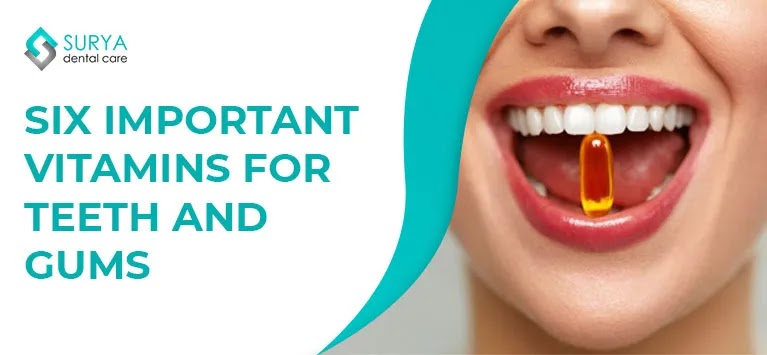What does a dental fistula mean?

Definition and Origin: — A dental fistula is a canal arising from oral infections, typically within a tooth, manifesting as a pimple-like bump on gums. — Originating at a tooth’s root, it extends to the gum surface, creating a channel depositing pus, resulting from underlying infections. Causes of Oral Fistula: — Primarily linked to dental abscesses, forming as white blood cells surround infection microbes, causing swelling and identifying weak areas in oral tissues. — Common causes include deep tooth decay, gum infections, wisdom teeth, poor dental hygiene, and post-operative issues. Symptoms: — Not typically painful, dental fistula presents warning signs: — Small bumps on gums — Pus discharge — Swollen gums — Teeth sensitivity — Enlarged nodes in neck and jaw — Tooth pain radiating to ear and neck Treatment: — Diagnosis involves visual assessment and x-rays, addressing underlying issues to prevent complications. — Treatment options may include antibiotics, dr...
.jpg)
